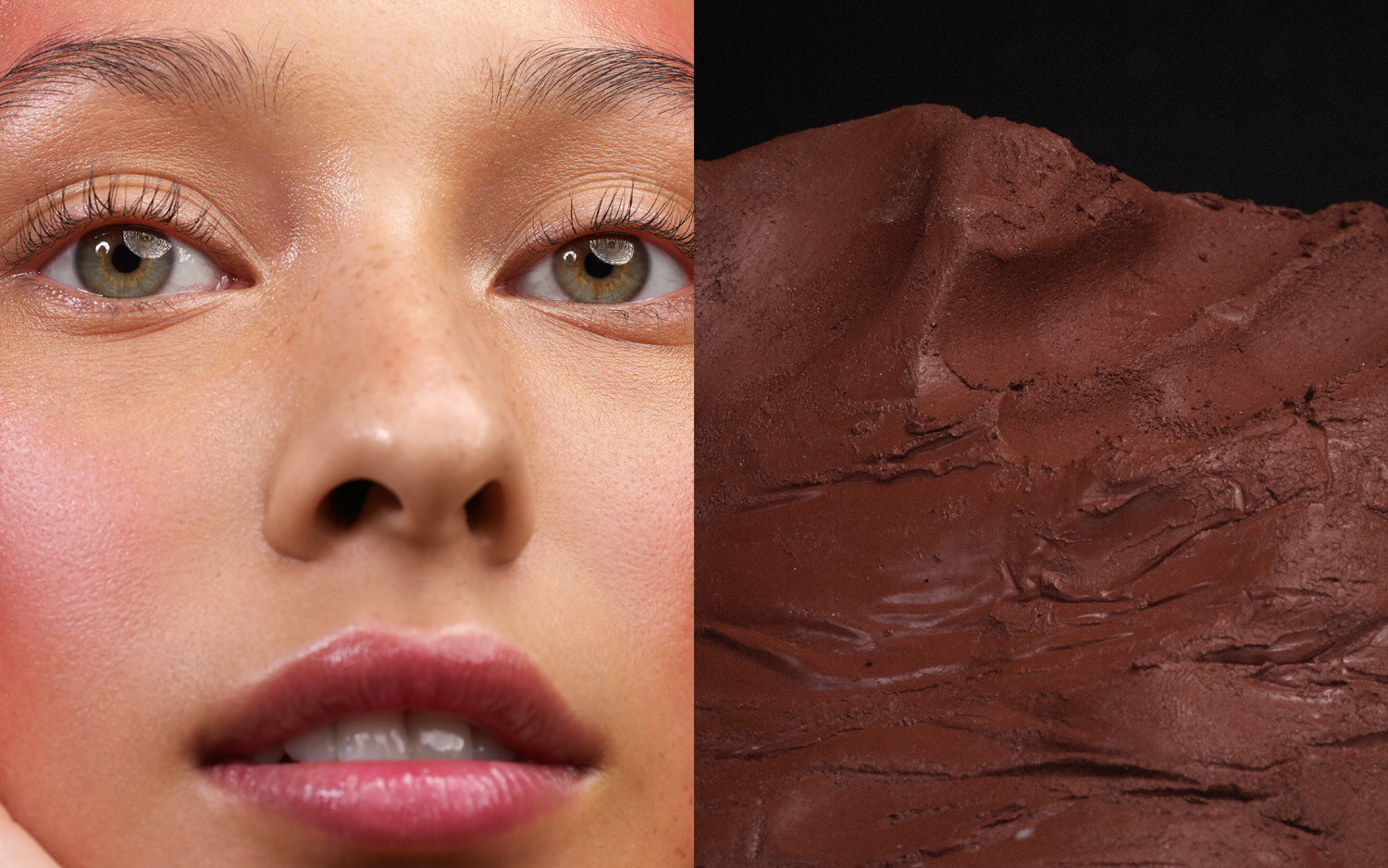
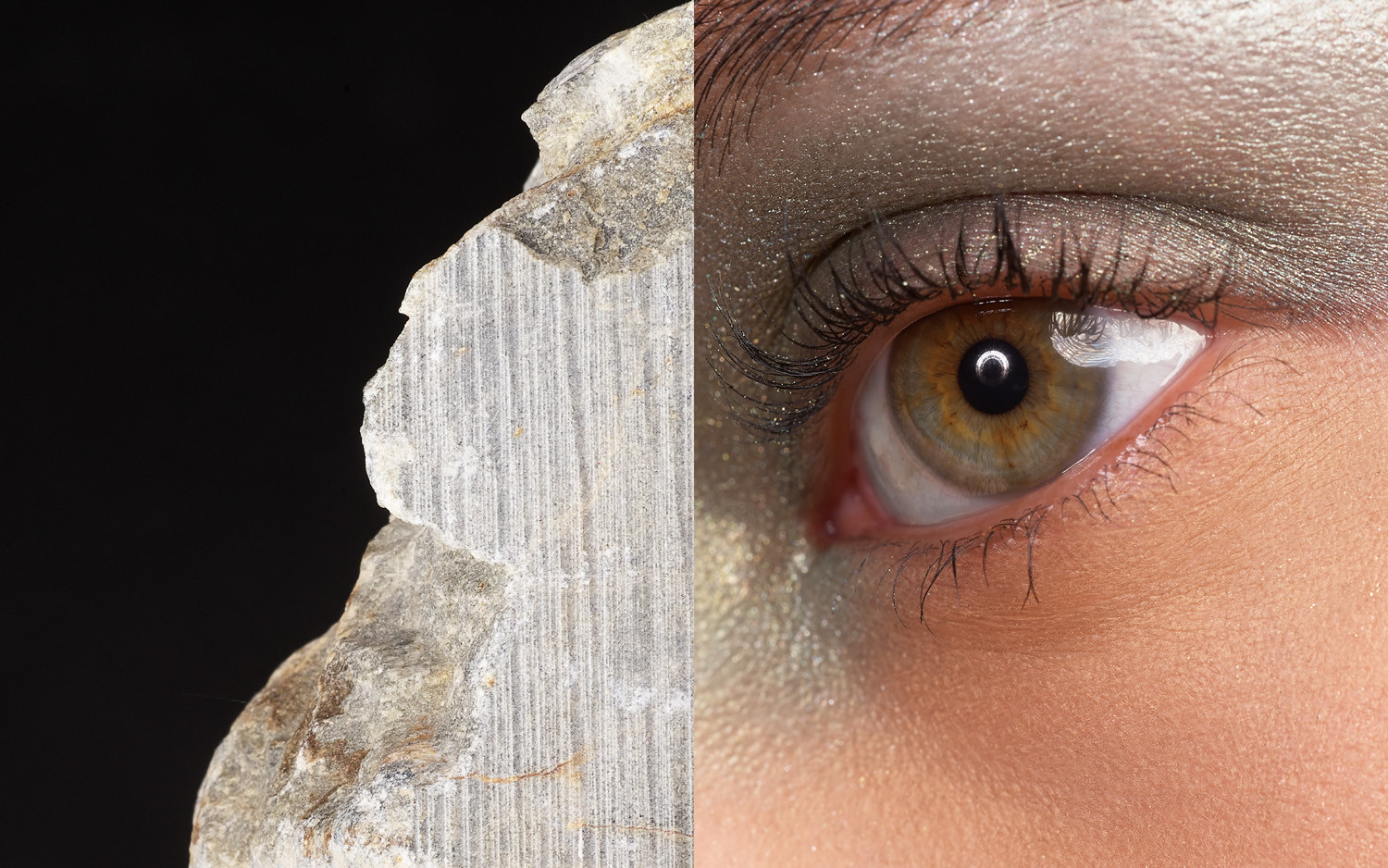
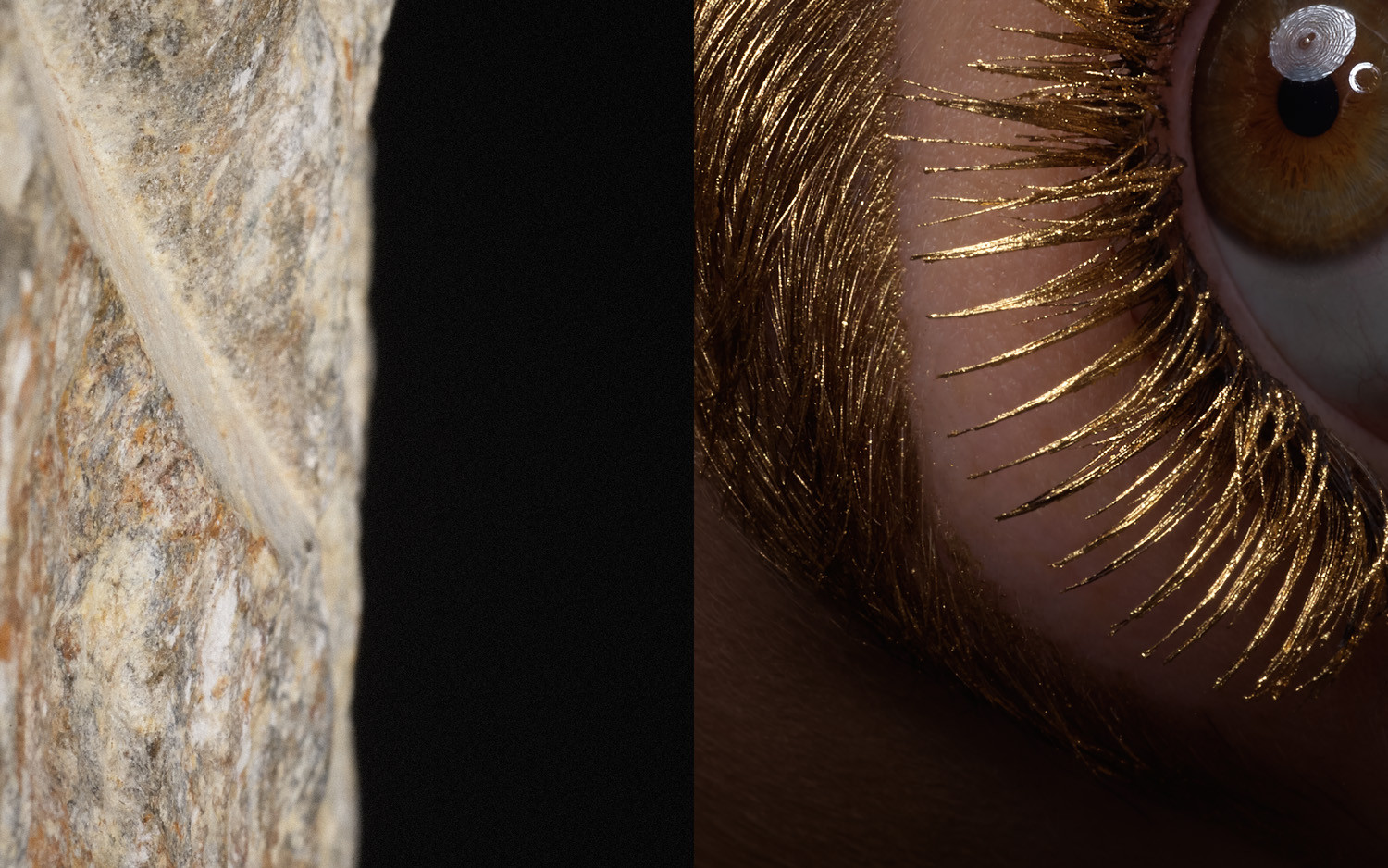
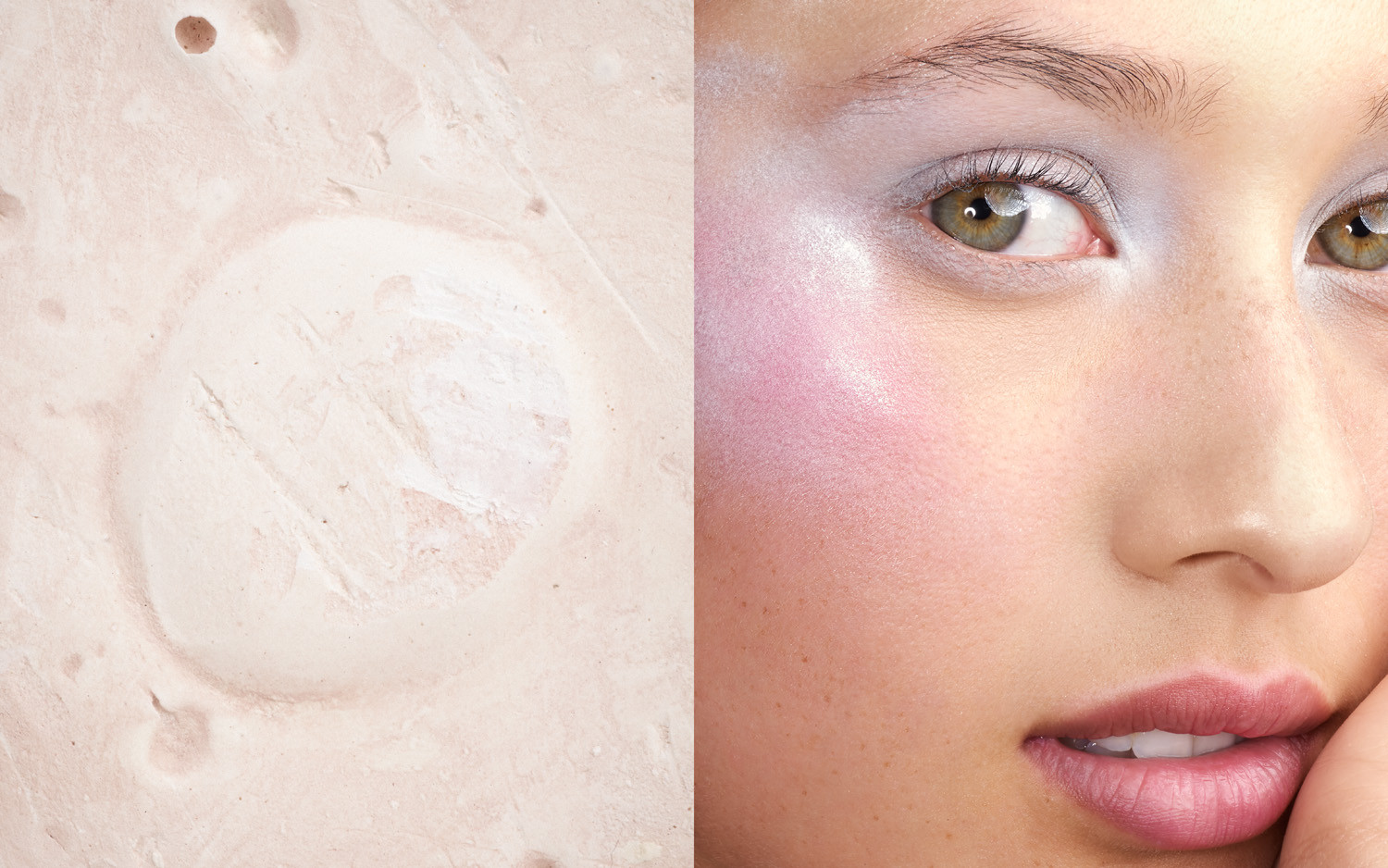
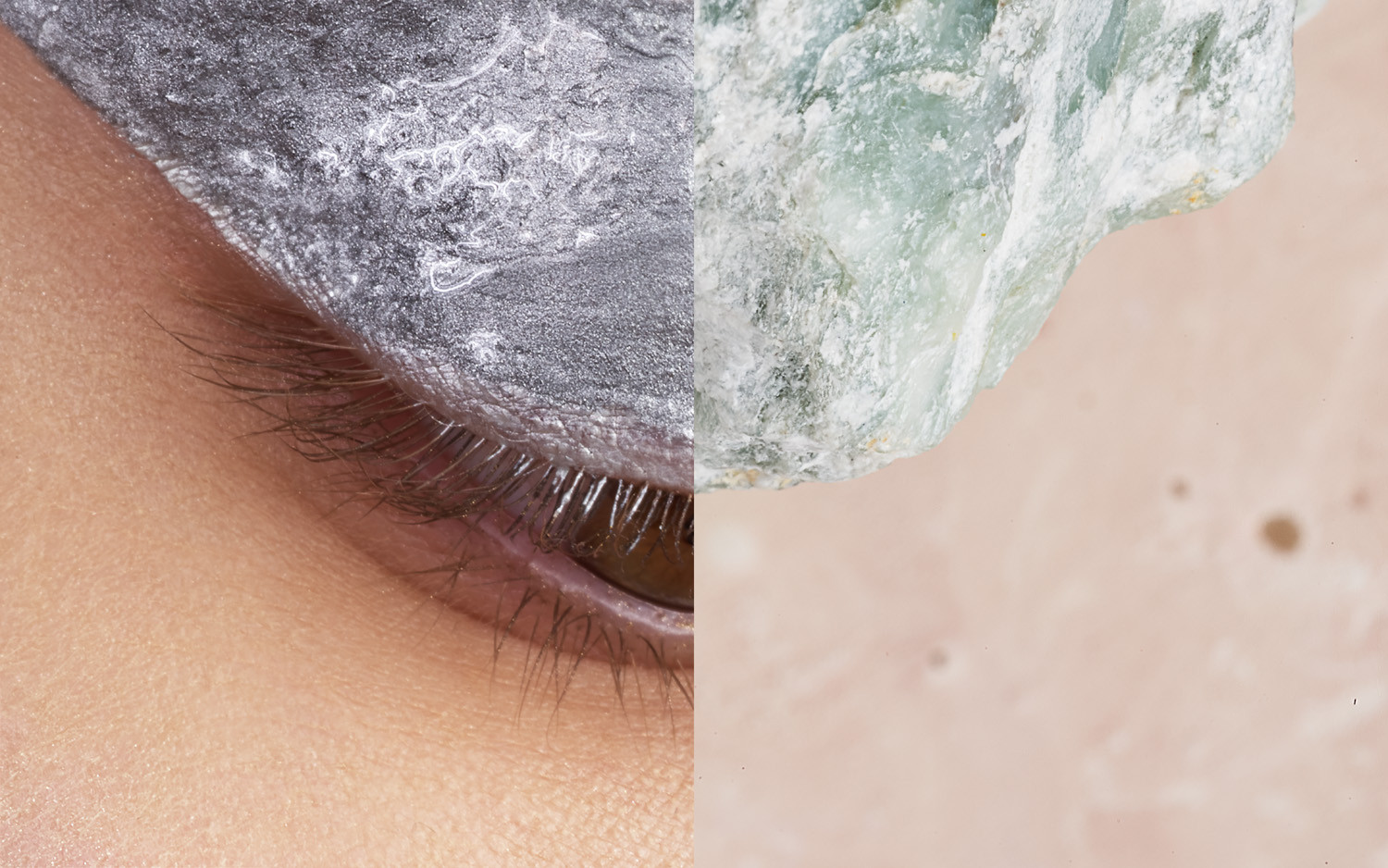
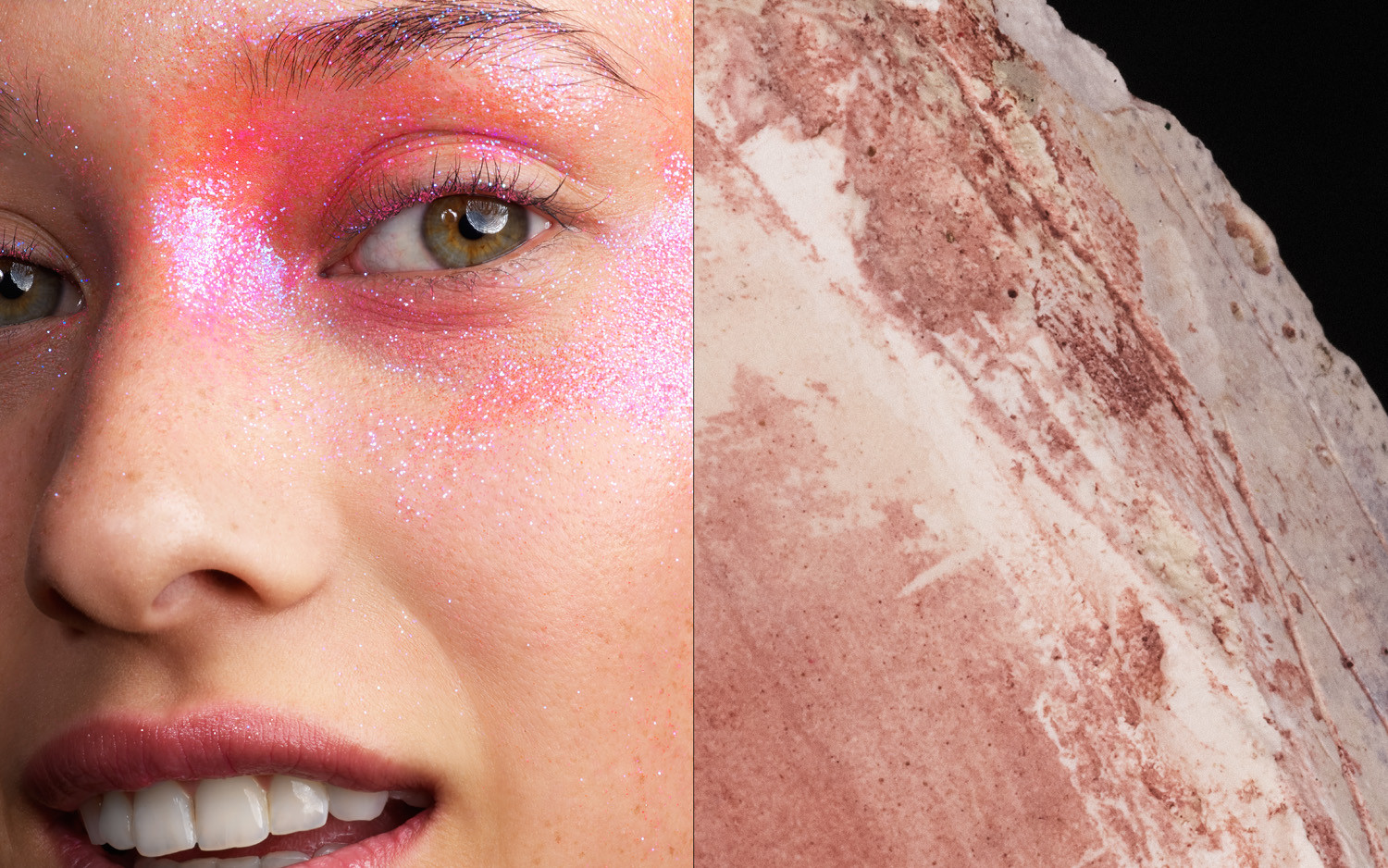
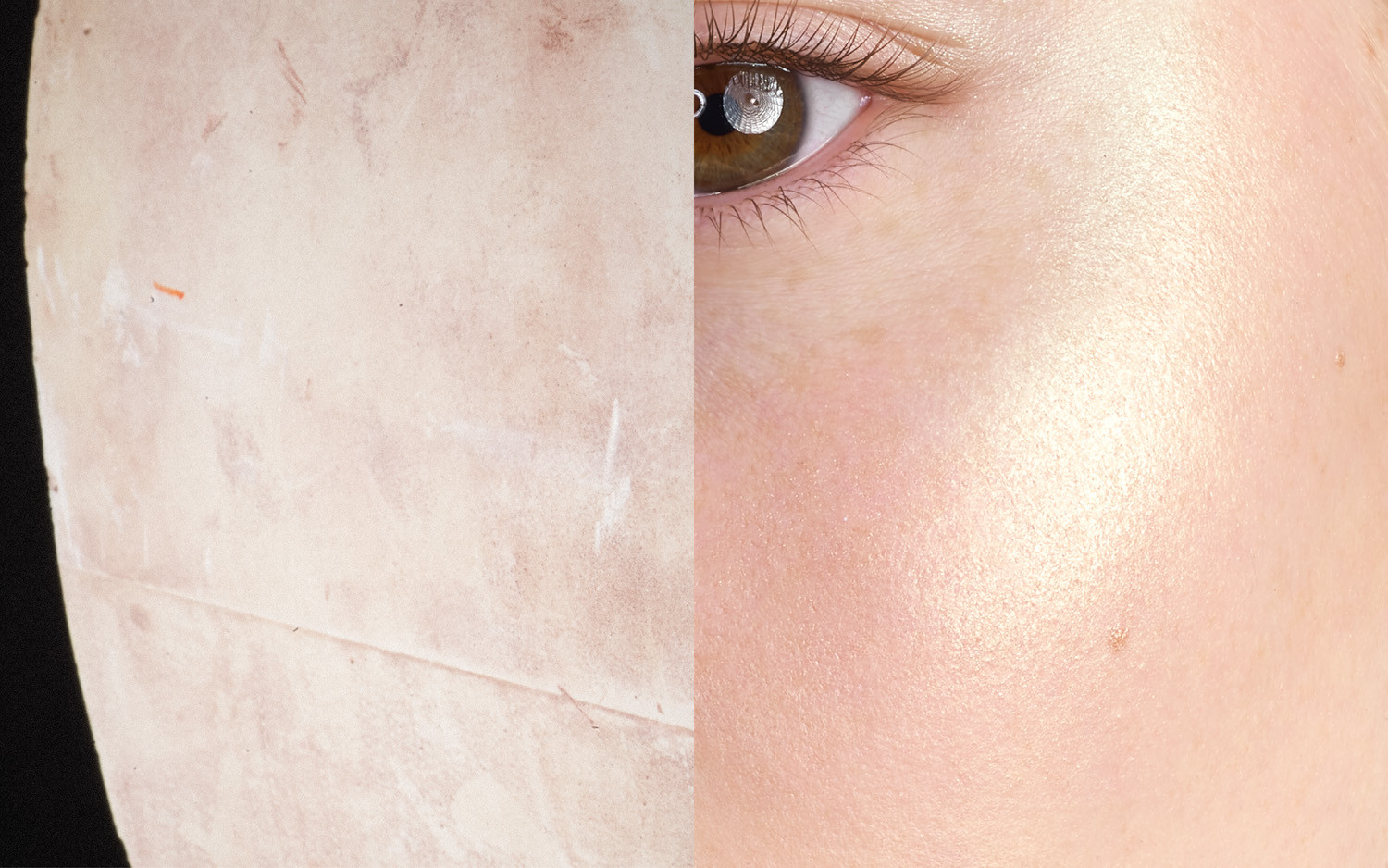
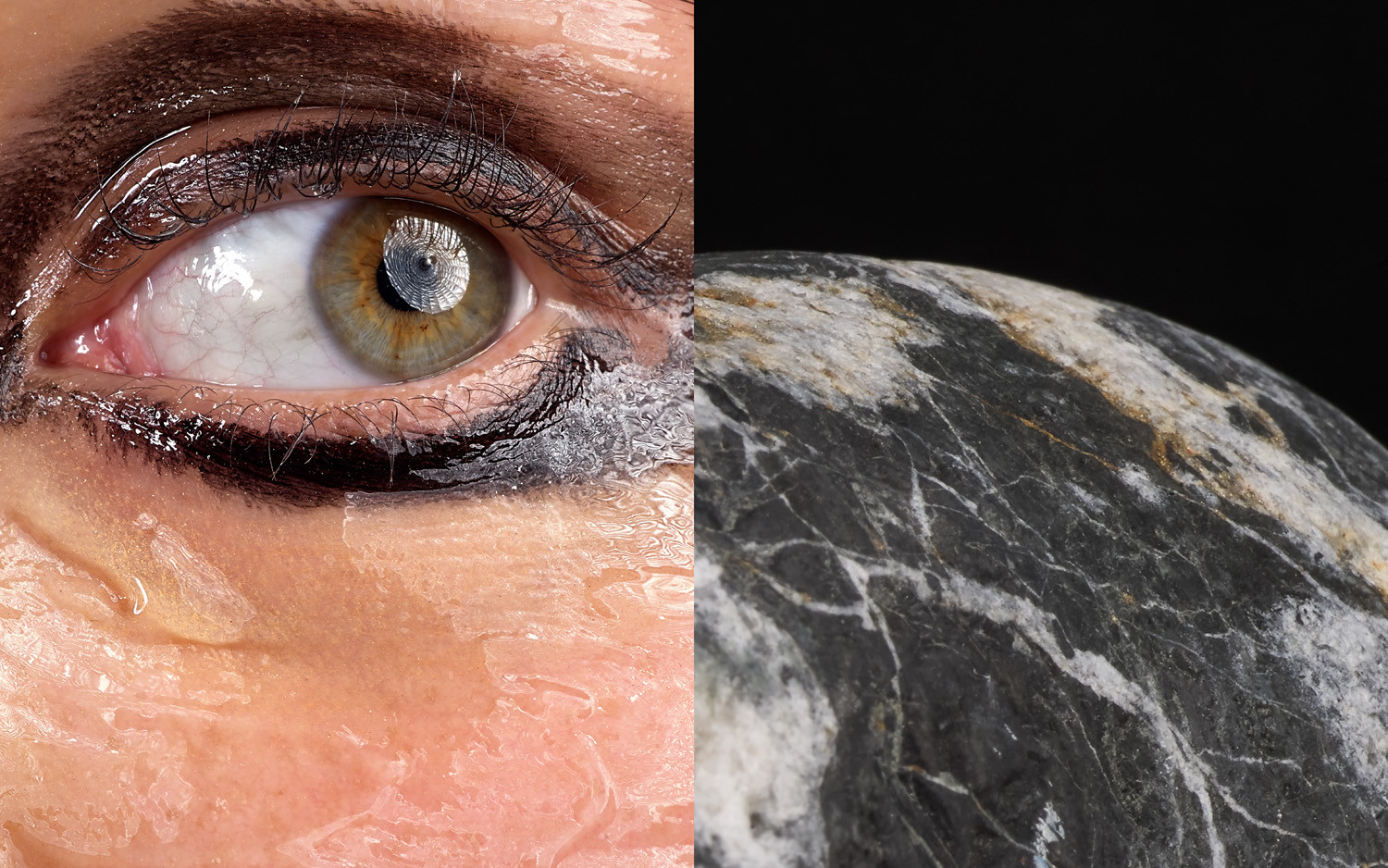








INTERVIEW
Dima Hohlov
PHOTOGRAPHY Dima Hohlov MAKEUP Ariel Yeh @ Saint Luke PRODUCTION & CASTING Saint Luke PROPS Studio Lune POST PRODUCTION Rubix London LOCATION Studio Cre8 MODELS Lydia Graham @ Models1, Ava Hilmarsdottir @ Premier Models CAMERA Leica S (Typ 007) with APO-Macro-Summarit-S 120 f/2.5 (CS)
In ‘Eye Must Travel’, Dima Hohlov combines the cosmos with beauty. Using clear lines, minimalist objects and controlled light, he creates a highly-controlled, special atmosphere, inviting the eye to take a journey through outer space.
You started out shooting landscapes and then ended up doing fashion. How would you describe your photographic evolution?
It wasn’t landscapes per se; I was shooting my beautiful girlfriend against beautiful landscape backdrops. I wanted to save certain memories and capture a moment, so that we could come back later and revisit it - photography 101. However I got more curious about photography and that’s what brought me to New York and to study at the Fashion Institute of Technology. Darkroom work and classes added fuel to my fire; I loved to see how pictures appear on white paper in the darkroom, and after that I was taken away by different lighting techniques and tools (film cameras with different formats) with each camera having its own certain character. A photographer can’t force his or her style on the camera. It’s quite the opposite, you have to work with it and create something together. Different cameras have their own rhythm. I started to shoot with 4x5 and finished shooting with Holga. After I learned that, I started thinking about story telling and my style itself, which is a journey I’m still on.
In the past, you assisted renowned photographers such as Paola Kudacki, David Sims and Steven Meisel. To what degree did they impact you photographically?
I was very lucky to be in New York and to have the chance to work and develop friendships with photography masters that I admired. Paola Kudacki was very charismatic and easy going. She’s just a very cool person to be around, totally self made, very particular about her pictures and her models. She has quite a simple set up in studio and always knows exactly what she’s looking for. It was a pleasure to work with her at that time: we travelled a lot, talked about photography and I was a person she could lean on.
David Sims is one of my favourite photographers: his pictures are always full of energy, youth and movement. The women in his photos are always very confident, strong, cool and sexy. I love his pictures. It was a very interesting and intense experience working for David, the hardest job I’ve done assistant-wise: everything had to happen "right now” and you had to be ready for anything at any moment. David projects his personality on his sitters, he creates the moment and then captures it; that’s why there is always a sense of urgency. By working for David I learnt what was happening at the top of the photo scene. It was the first time I got to admire the work of Art Directors such as Guido, Karl Templer and Fabien Baron.
However, I realised that I couldn’t keep up with this rhythm and that it wasn’t my style. Working for David gave me great practice and credentials to have a shot at working for the ultimate master, Steven Meisel. Working for Steven was at another level, it’s was magic to see him at work. It was the best assisting experience I had. He’s very enigmatic, mysterious and simply a genius at what he does. I learned a lot, especially the process of how you build your picture and how you interpret references. I miss his covers for Italian Vogue; it’s not the same without them.
What defines your photographic signature? One thing that stands out is your unusual way of dealing with physicality and the use of exalted poses.
I’m always trying to take a picture that I haven’t seen yet. If I take a picture and I feel I’ve seen it before or if it reminds me of something, I keep pushing to move it away from that. I have a masters degree in psychology, and that’s why I have a special love of body language; it carries so much information and interpretation. Also I love to take models out of their comfort zone whenever I can; it helps to find something unexpected. I love working with dancers, as they allow me to explore body language. In general, when I’m on set, I always try to take a good picture first; then, when I have it, I push for something special. Knowing I have good picture already takes the pressure off and gives me freedom to explore.
You also seem to have a preference for simple compositions with clear lines and bright colours. What inspires your concepts?
I love clean lines and I’m constantly trying to “un-clatter”- simplify, strip down, but keep some of the “mistakes” and “life”. I’m trying to simplify everything for a few reasons: one of them has to do with control... the less elements I have, the more control I gain. Another reason is the Japanese philosophy that says it’s not about filling in the space, it’s about leaving the space. If I have it, then I can concentrate on body language and add some colours for fun.
Do you prefer to work with natural or artificial light?
Artificial light is my preference. I love control and I love creating an atmosphere with certain lighting. I have the skills and knowledge to do it. Also, I don’t want to depend on the British weather…
You’ve photographed a beauty story for the S magazine. What’s it about? To what degree does the story reflect your photographic approach?
I love space, fashion and Bryan Cox :) That’s what this story is about. With macro still life we created cosmic landscapes. Late fashion editor Diana Vreeland has a beautiful quote that reads “The Eye Has To Travel”. Literally and metaphorically. You have to travel to get inspired, and you have to take a picture that will make an eye travel the page; so there you have “The Eye Has To Travel” story.
How did you find working with the Leica S? Does is suit your type of photography? Does it change anything?
It was fun working with Leica. I think it’s a very good camera. It’s easy to use and feels like a DSLR, but with amazing quality. I want one! I usually shoot with Nikon or Mamiya RZ with a digital back. I love my Mamiya, but it slows me down too much: you need to have good support from your assistants to keep the flow on the set. The DSLR is much easier to manage, but you pay with quality; so the Leica S is like a bridge between the two worlds. The lenses are out of this world. They’re so sharp if you zoom in, but at the same time they don’t feel digital. When I shoot with my Nikon I usually use old school lenses to make the image come alive, but with Leica it happens naturally. Also you can use it outside as easily as in the studio, so it’s very versatile. Downside, as we all know, is that I wish it would work with Capture One…
What lens did you use and why?
I used the 120 macro lens during my whole shoot. It was macro beauty, so I needed to be right in the model’s face. It’s a great lens: super sharp, the details are impressive and the autofocus good. Yes, I was very pleased with the Leica S.
Photographically speaking, what might we expect to see from you this year?
There are few personal projects I’m planning currently. One of them I might shoot on the Leica S again. It’s about art in nature and fits my narrative in general. I have another beauty story coming out this month, and I have a new campaign for Bordelle where I worked with an athlete, dancer and painter coming out soon. I have a few editorials lined up and some ideas that will need execution. I’m selling my art prints through my dimahoholvart.com site. I’ve just sold three custom order, large scale, limited edition prints to a Taiwanese art collector, so please visit the store to see what’s new. My agency is expanding to the US market and I’m also exploring the Chinese market as well.
Thank you Leica!